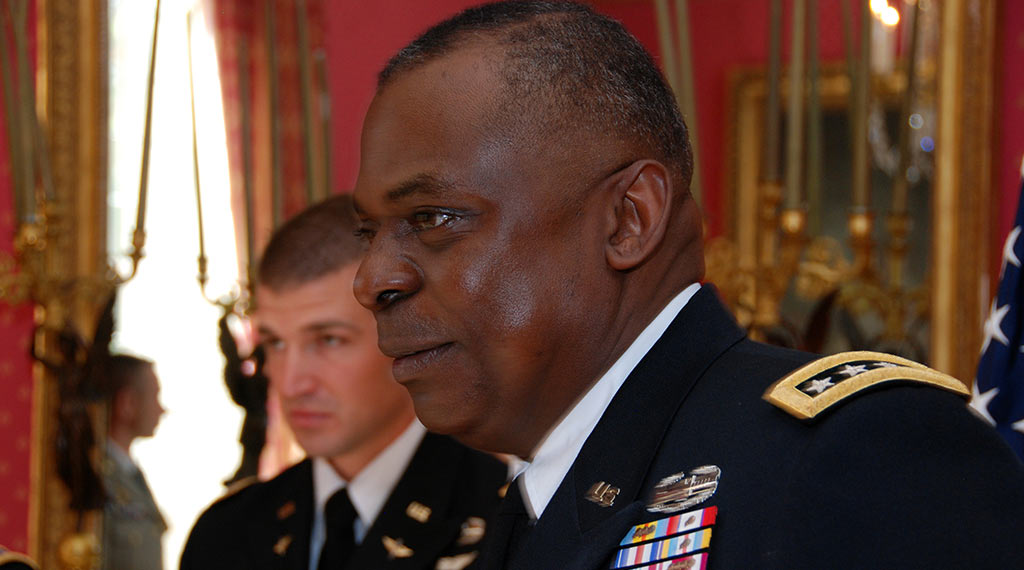Pentagon bolsters US military’s strategic reach in securing four sites in Philippines
Editor’s Note: This piece by Andrew Salmon features quotes from CSP Senior Fellow Grant Newsham.
But the Pentagon news release also noted in passing plans to “accelerate” the full implementation of EDCA, including “the substantial completion of the projects in the existing five agreed locations.” Not only are the first five sites incomplete almost a decade after the accord was signed, Mr. Galvez refused to say where the four new sites are.
Consultations must first be held with local communities before locations can be revealed, he explained.
As for when they might become operable, he said, “soon,” while adding of the four new locations, “We have to remove the word ‘bases.’… We call them ‘EDCA sites.’”
There has been speculation that the new EDCA locations will be in northern Luzon, well placed for operations south of Taiwan, and in Palawan, east of the disputed Spratly Islands — one of many sites in the region where China‘s territorial claims clash with those of its neighbors.
China has the means to enforce its maritime ambitions. Its fleet is far mightier than that of any Southeast Asian nation, and even outnumbers the U.S. Navy. This makes it critical for U.S. forces to be able to operate from allies such as the Philippines.
“If this goes as planned, the Americans will have the ability to disperse their [regional] forces far more than is currently the case,” said Grant Newsham, a retired U.S. Marine officer and ex-diplomat. “This is an advantage in terms of survivability, but also it allows many more offensive options for U.S. forces.”
That is particularly so in the Luzon Strait, between the Philippines and Taiwan.
But like other U.S. allies in the region, the Philippines remains economically linked at the hip to China, its leading trade partner. Indeed, Mr. Marcos made a three-day visit to China in January, meeting President Xi Jinping.
These factors may explain the caution implicit in Thursday’s announcements.
“I think there are diplomatic nuances and concerns about having U.S. boots on the ground — permanently or rotating,” said Alex Neill, a security expert and fellow at think tank the Pacific Forum.
“Though with the new administration in Manila, there seems to have been quite a sea change compared to the Duterte administration.”
Gen. Lloyd Austin III by French Embassy in the U.S. is licensed under CC BY-NC 2.0

